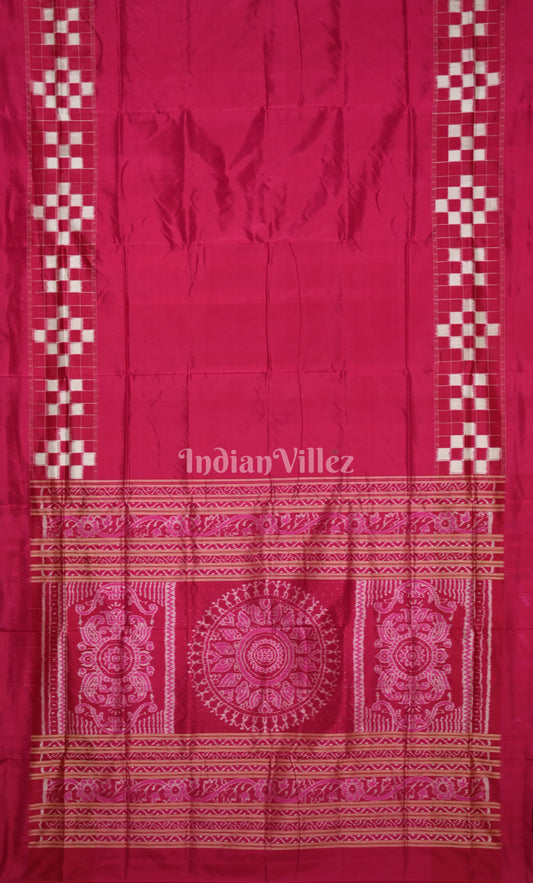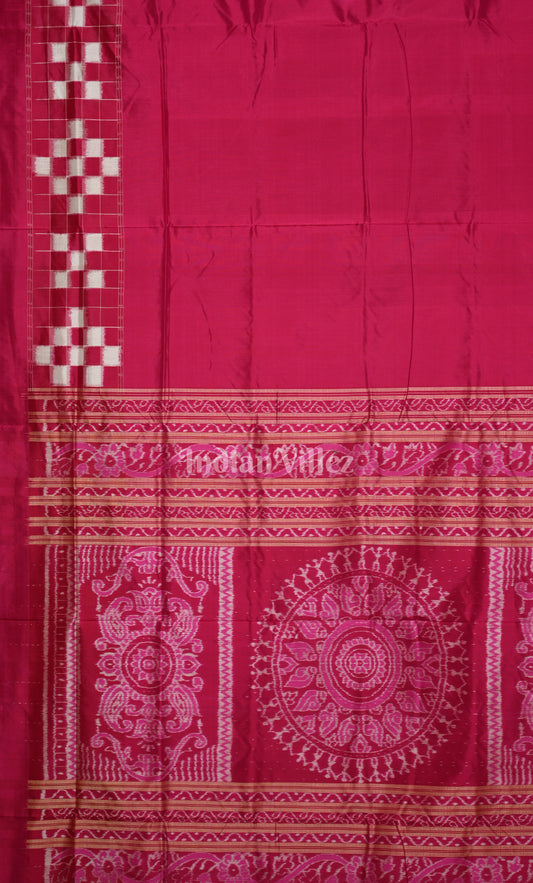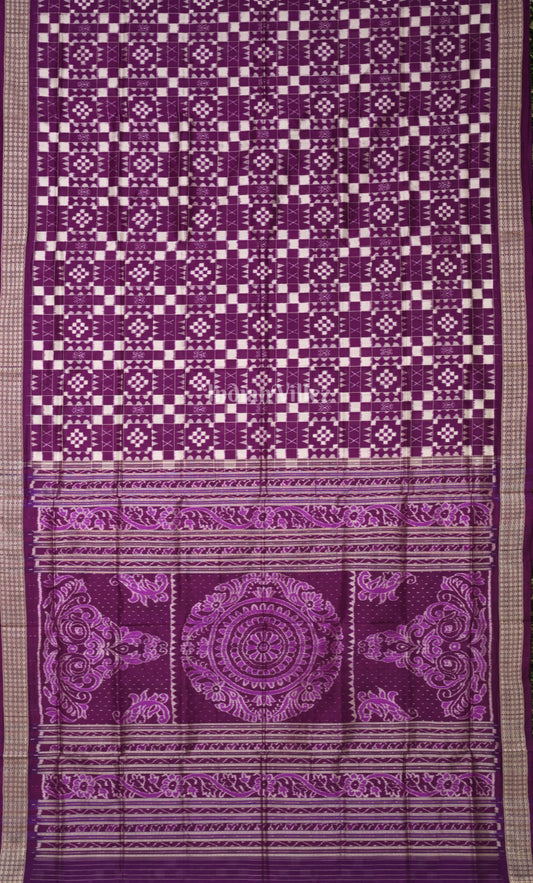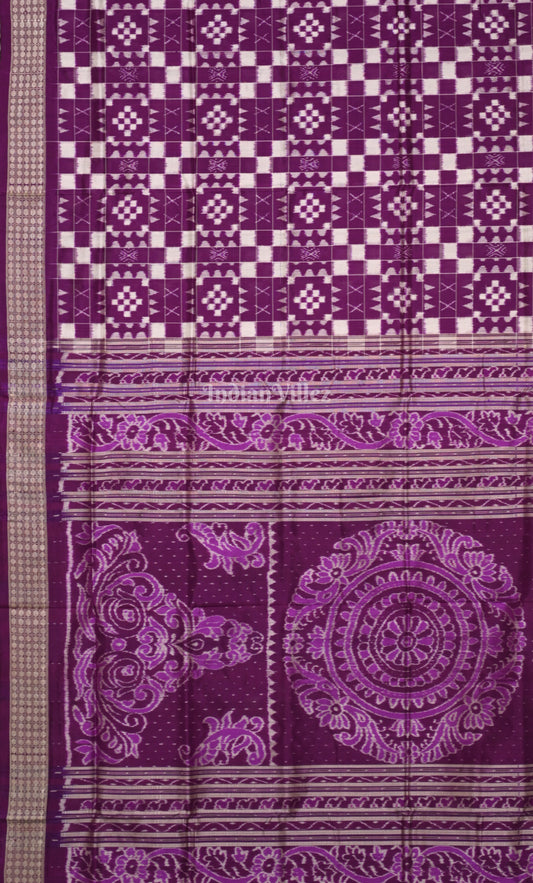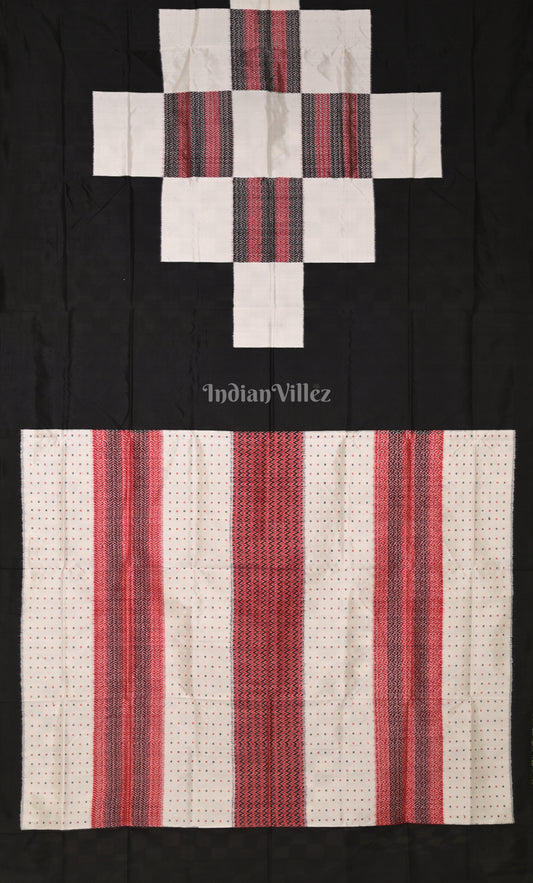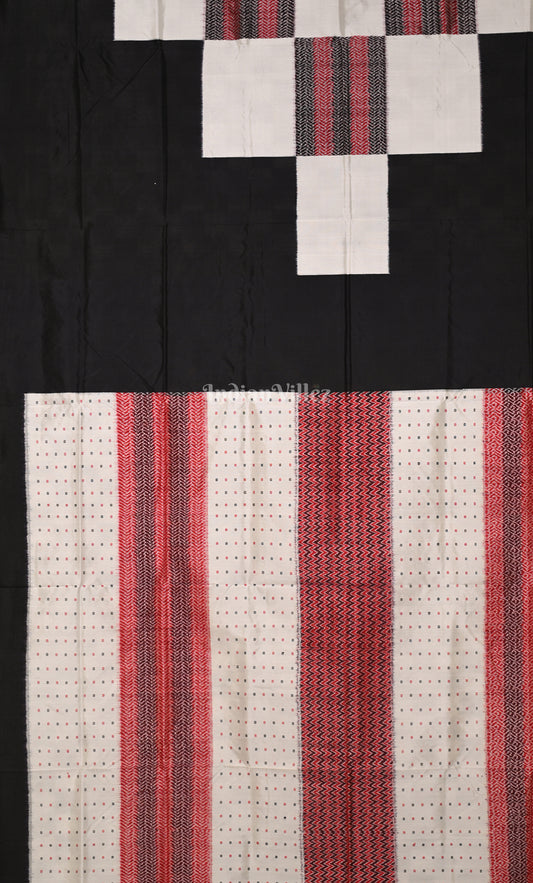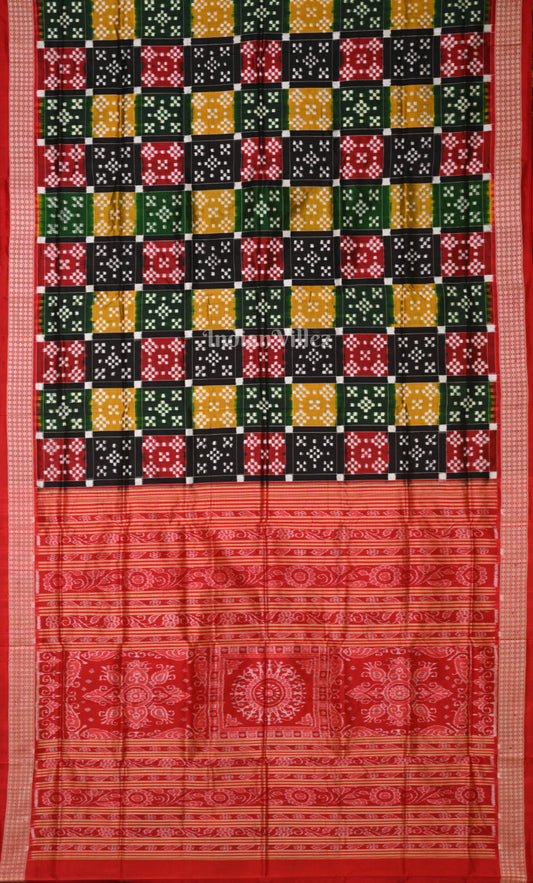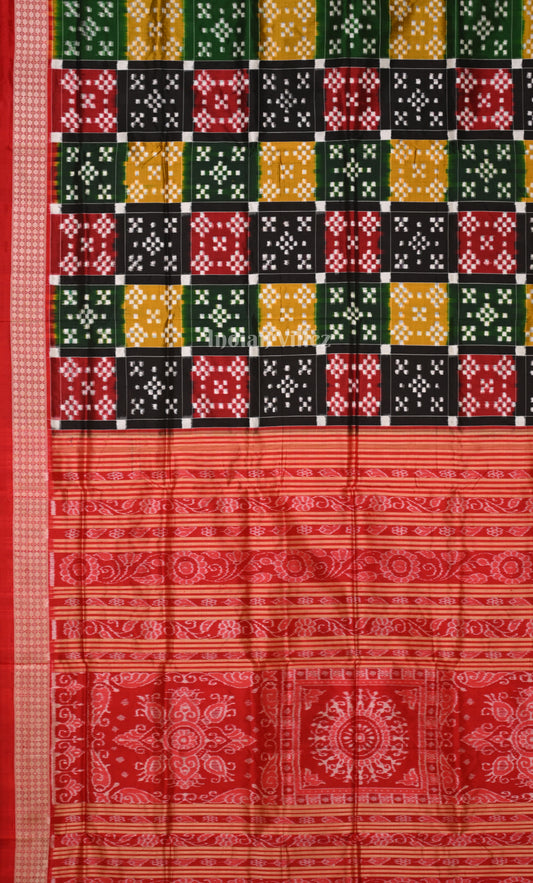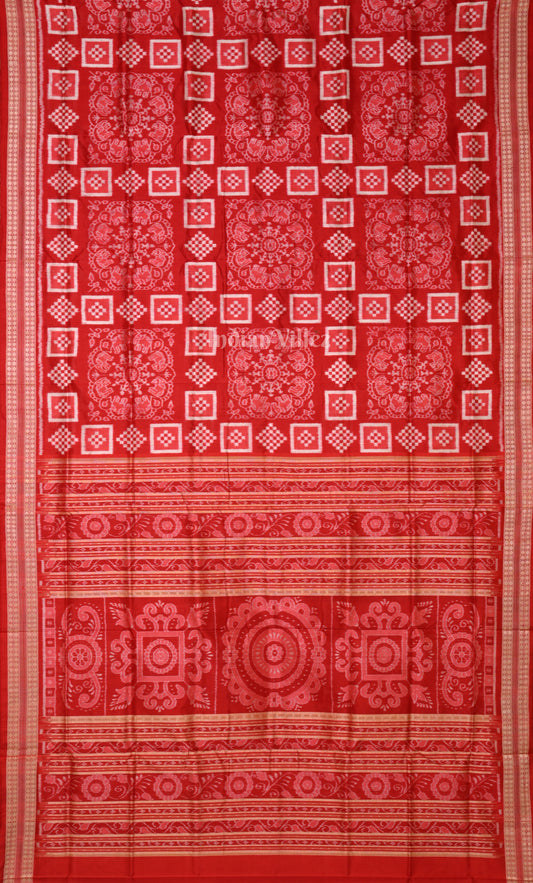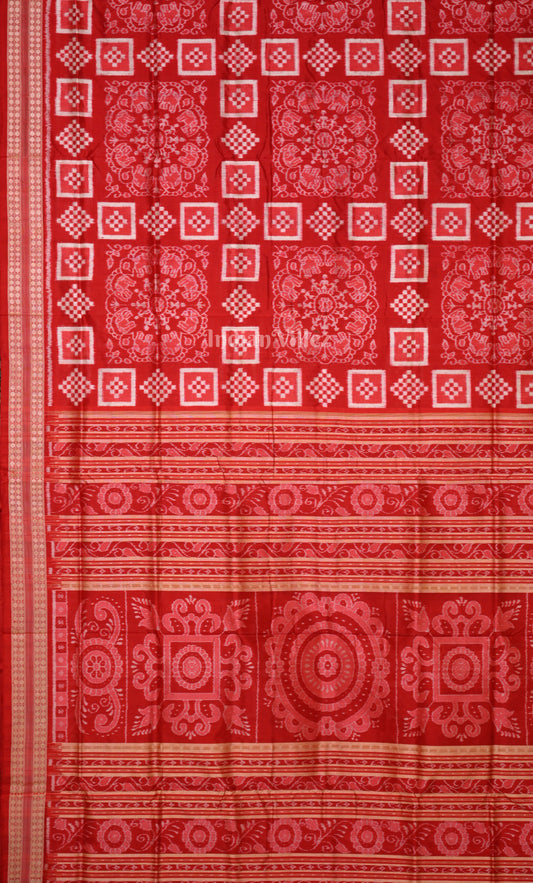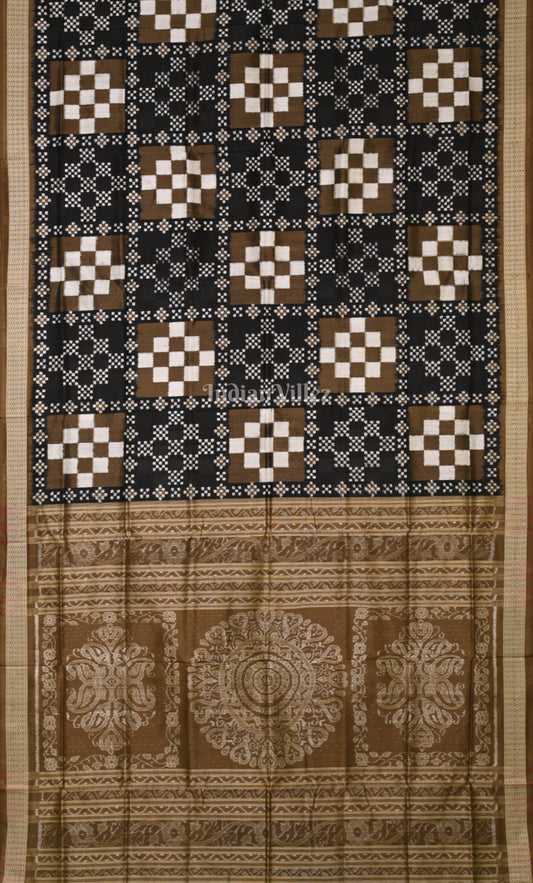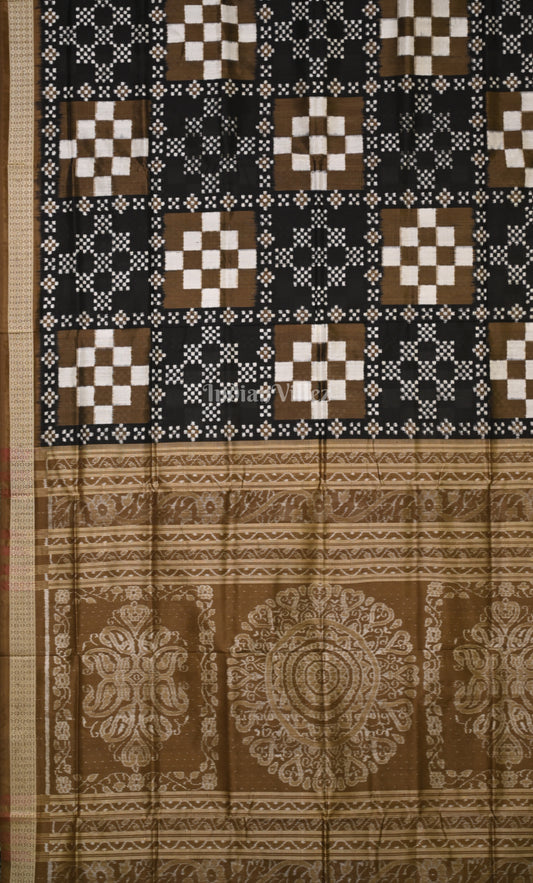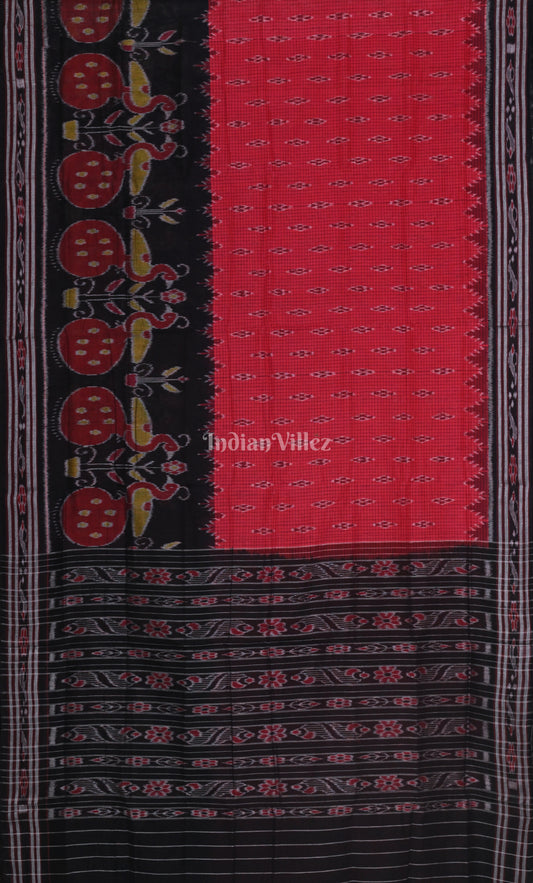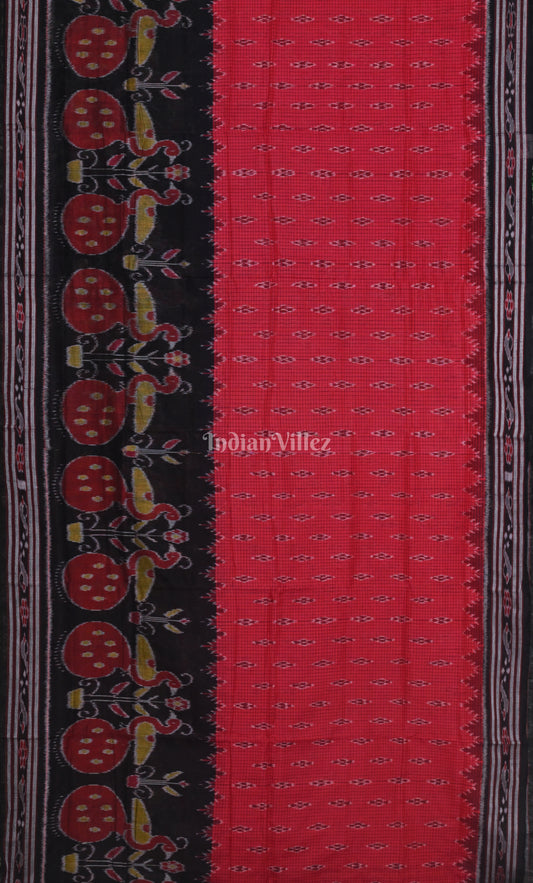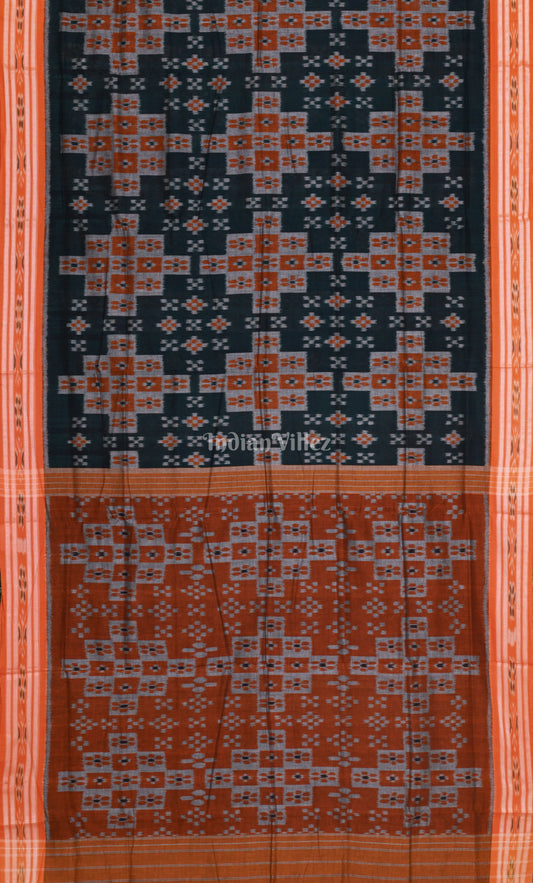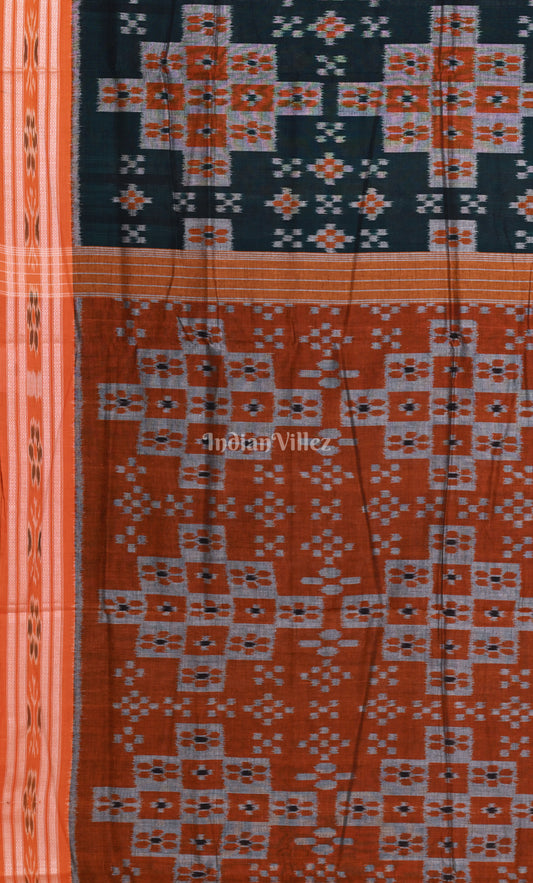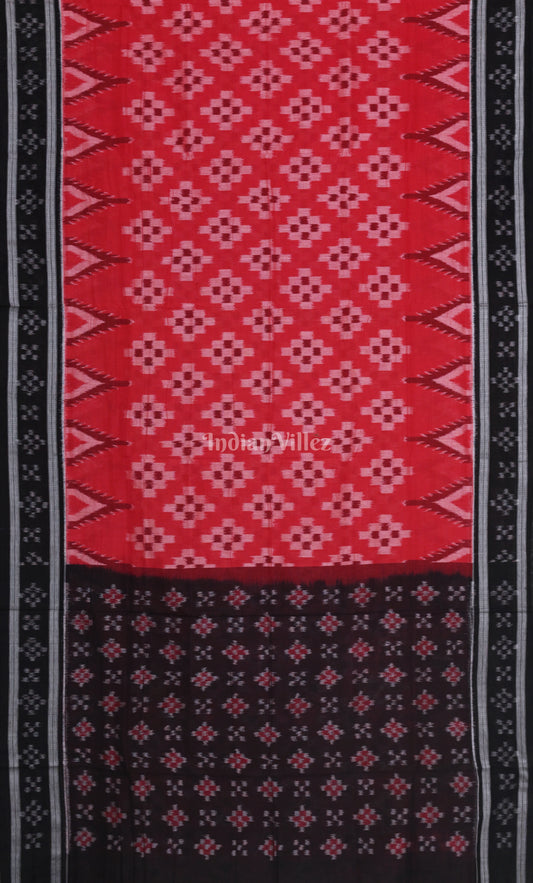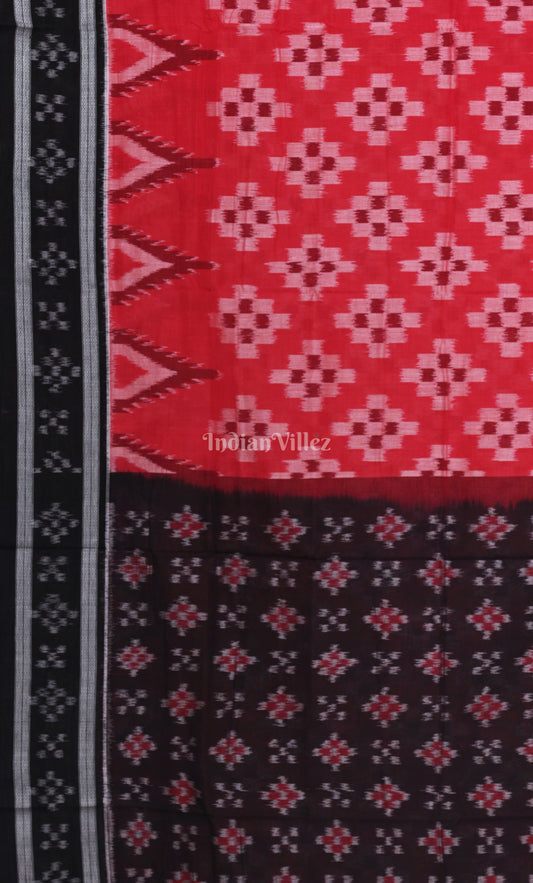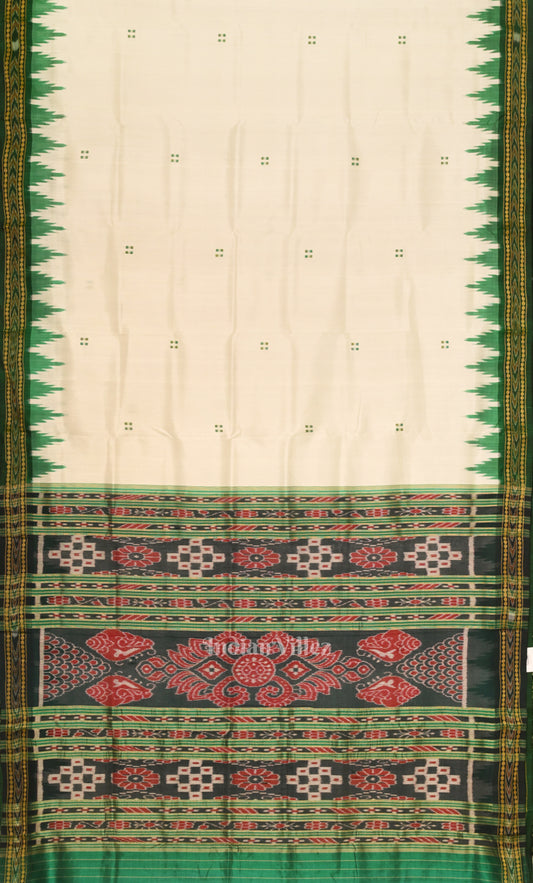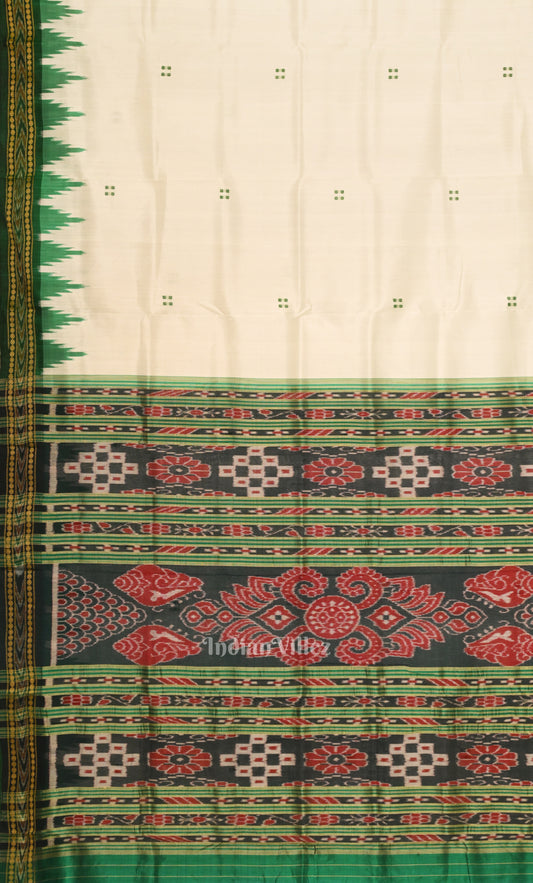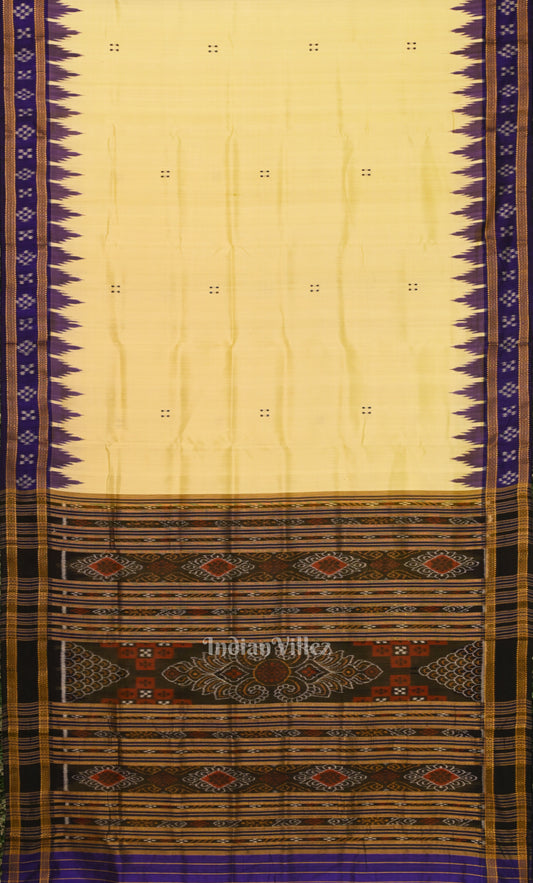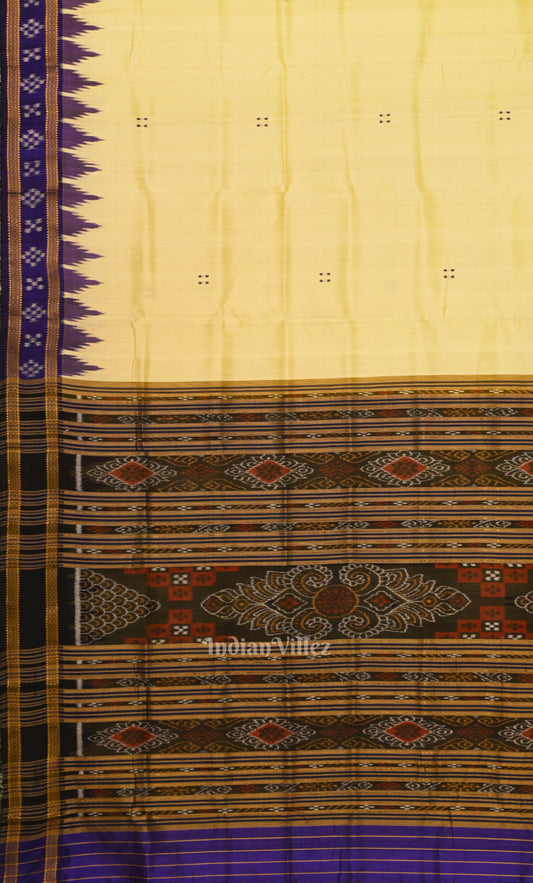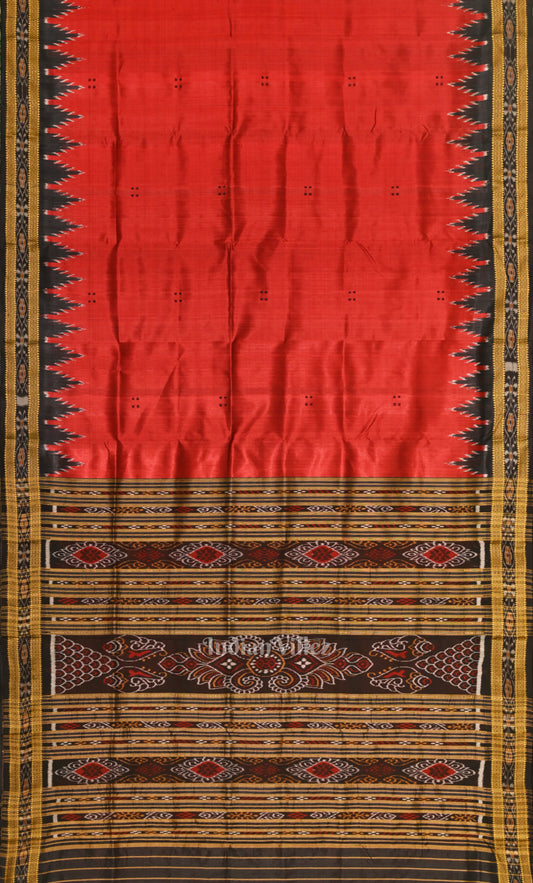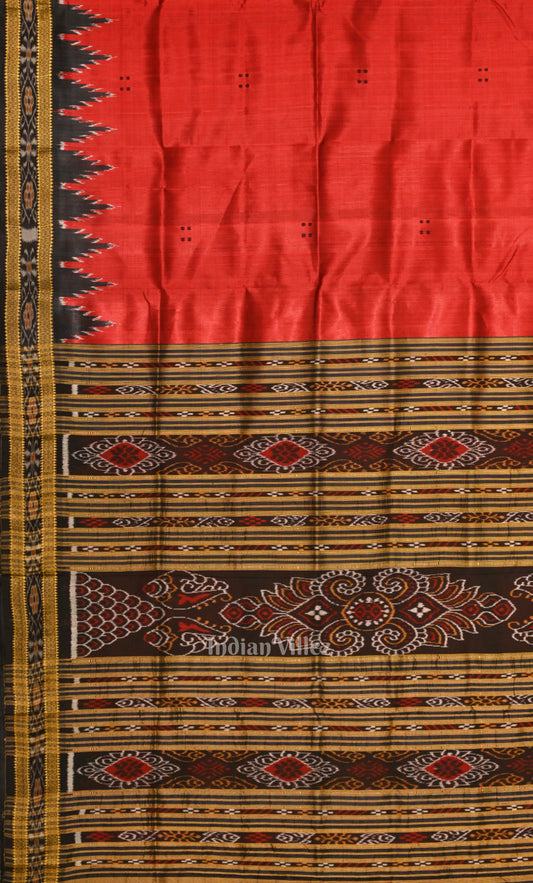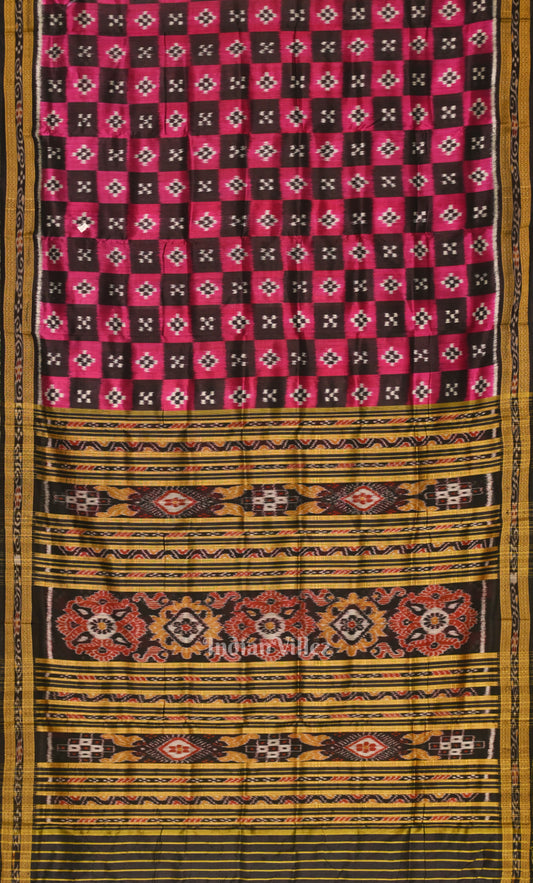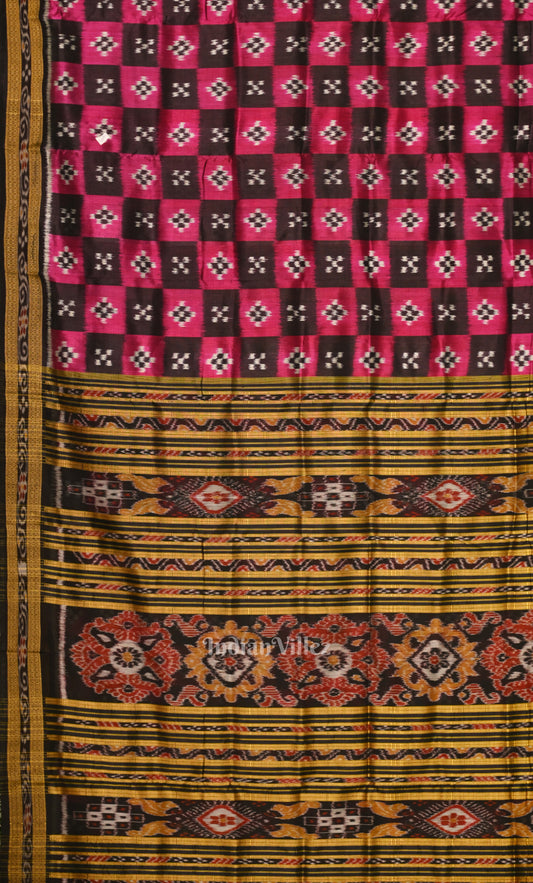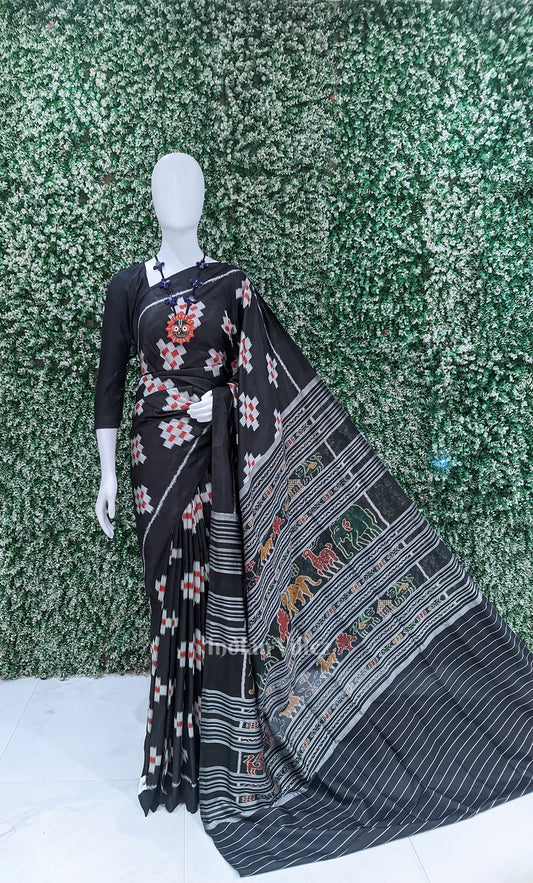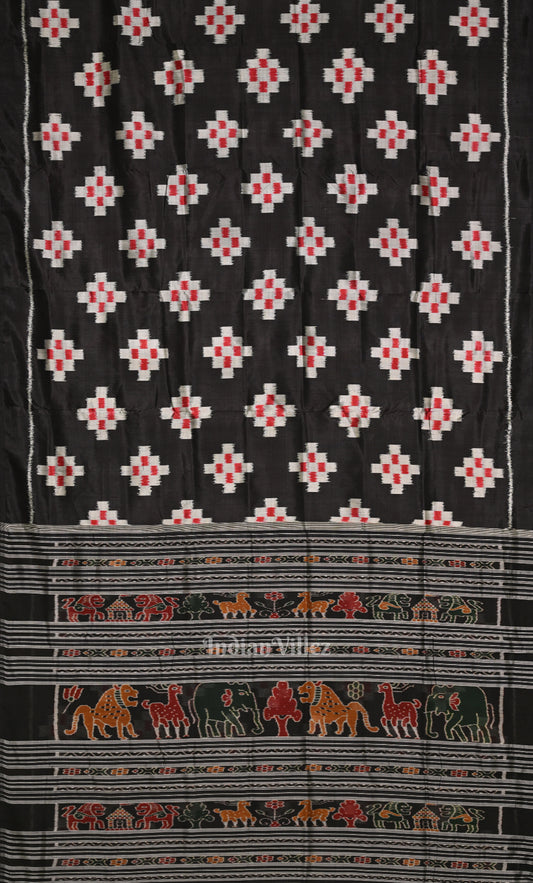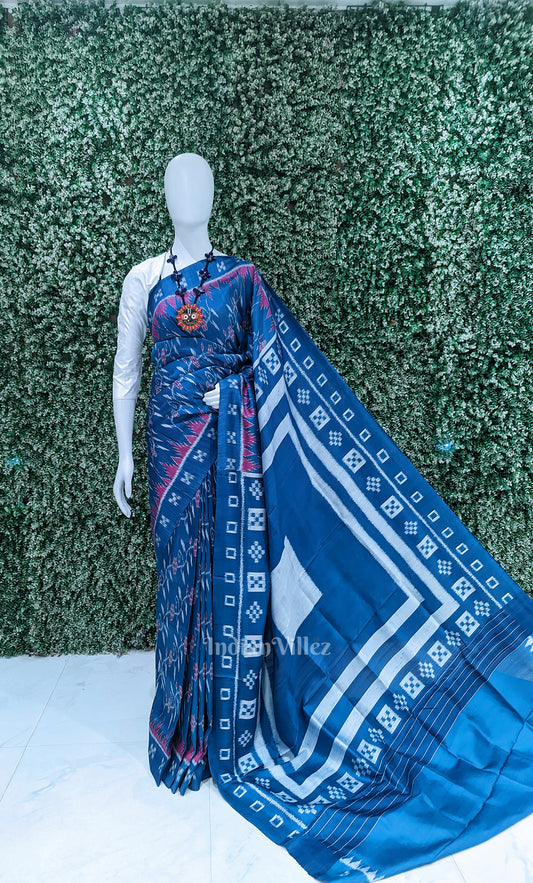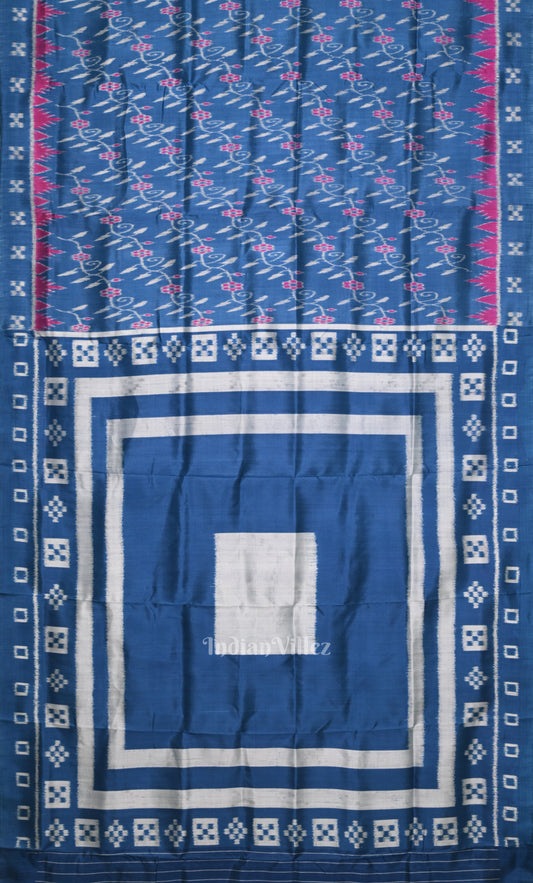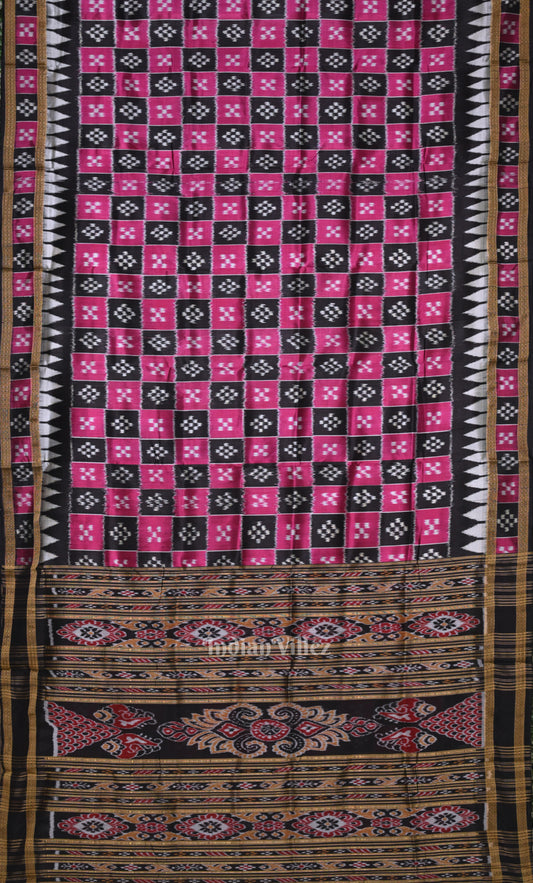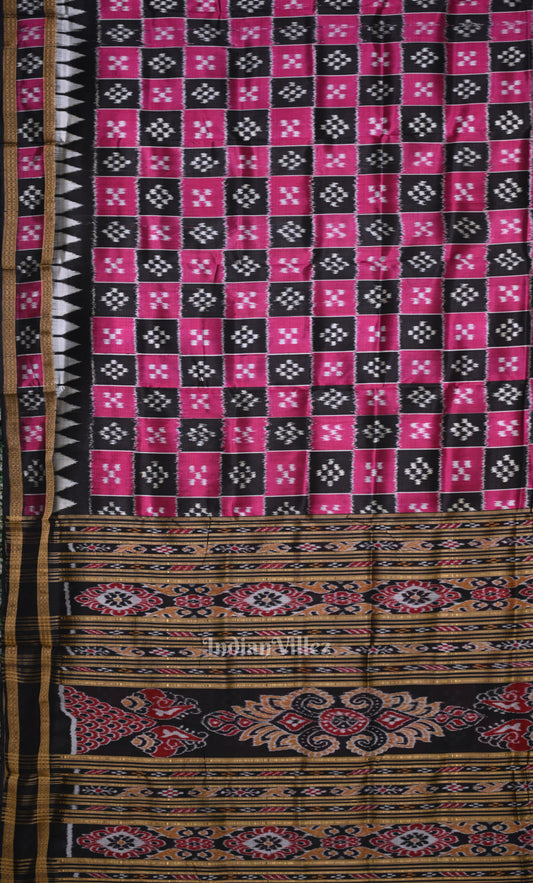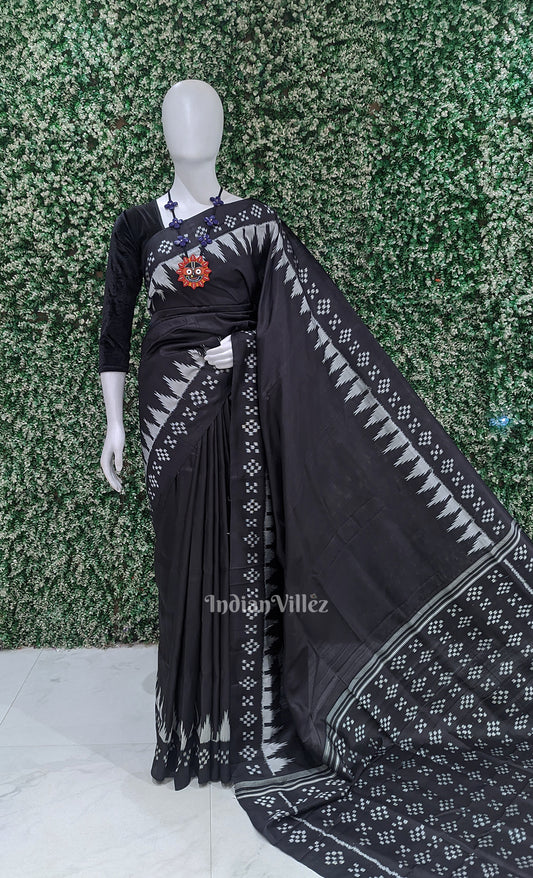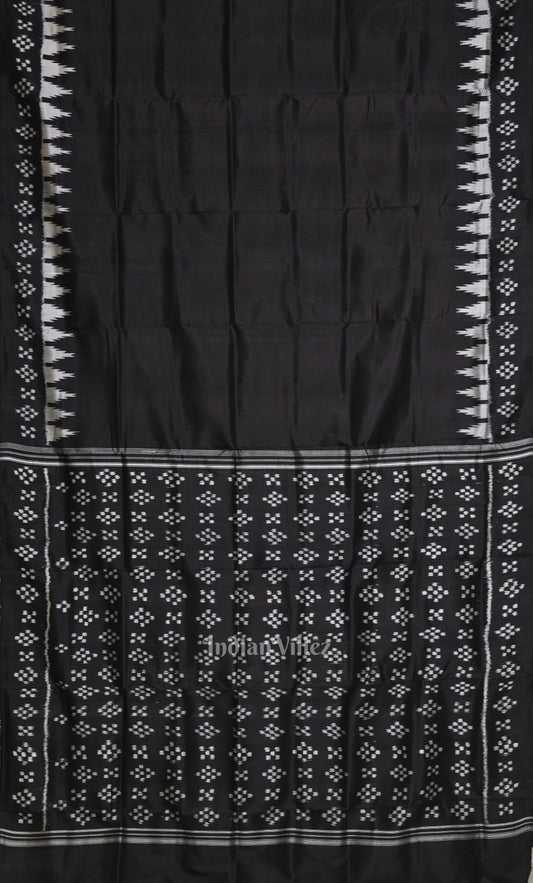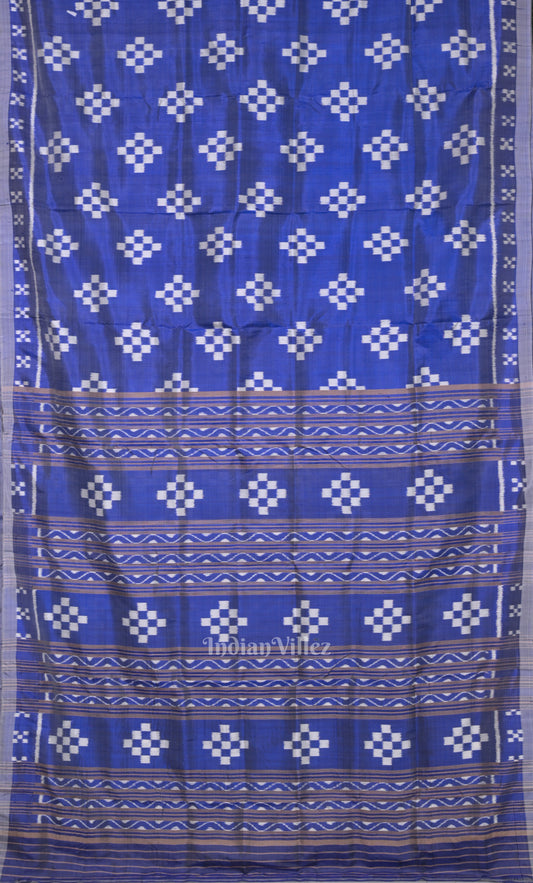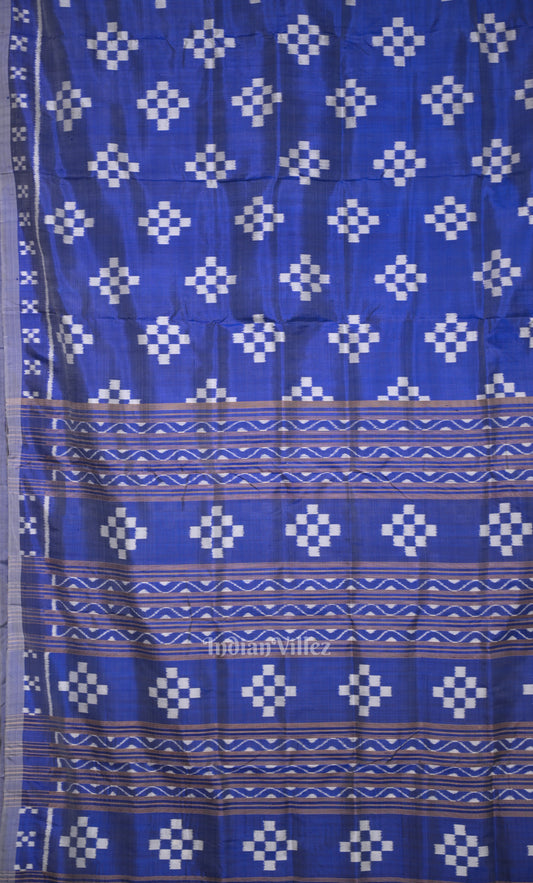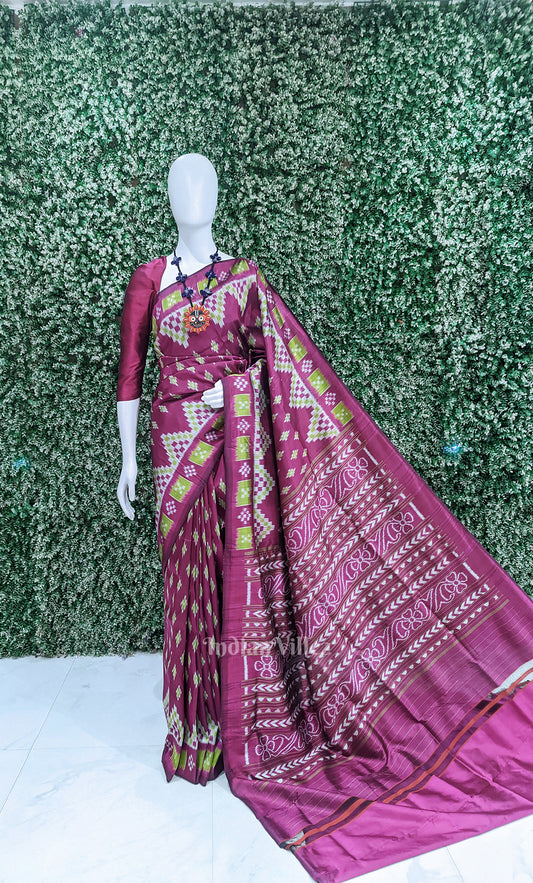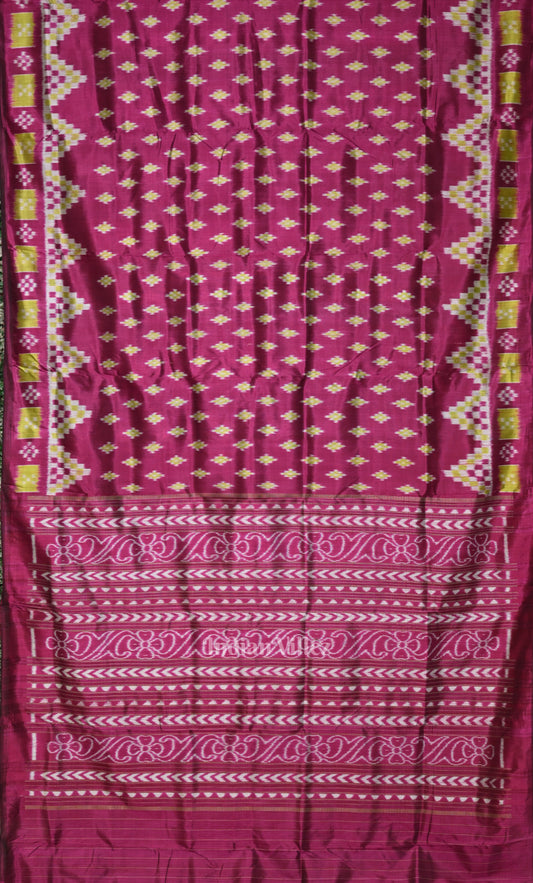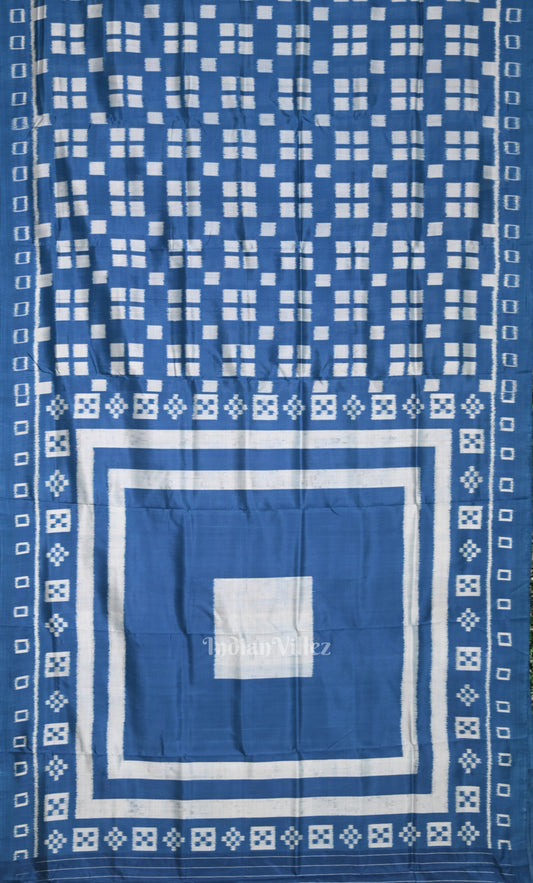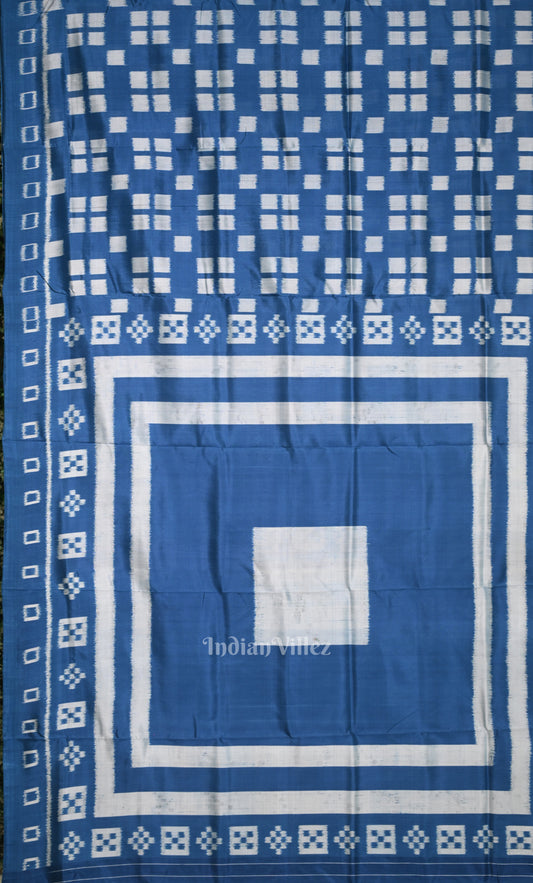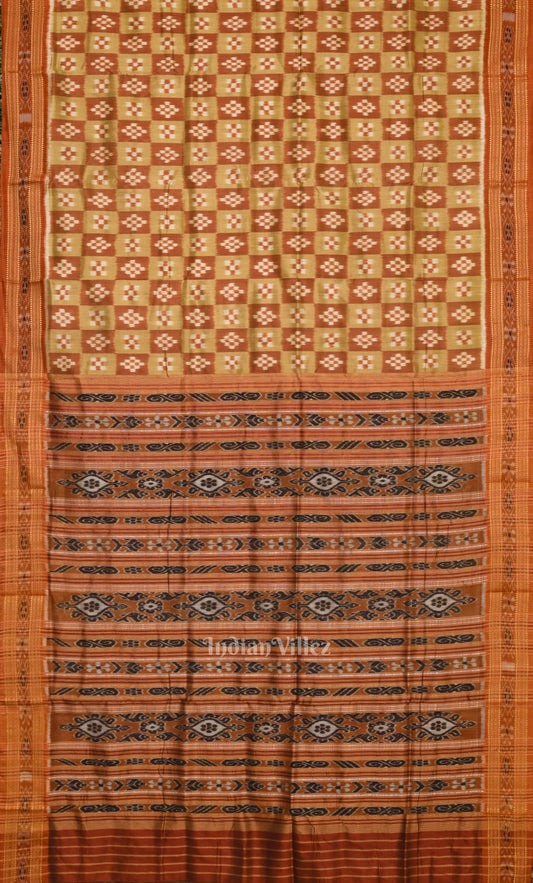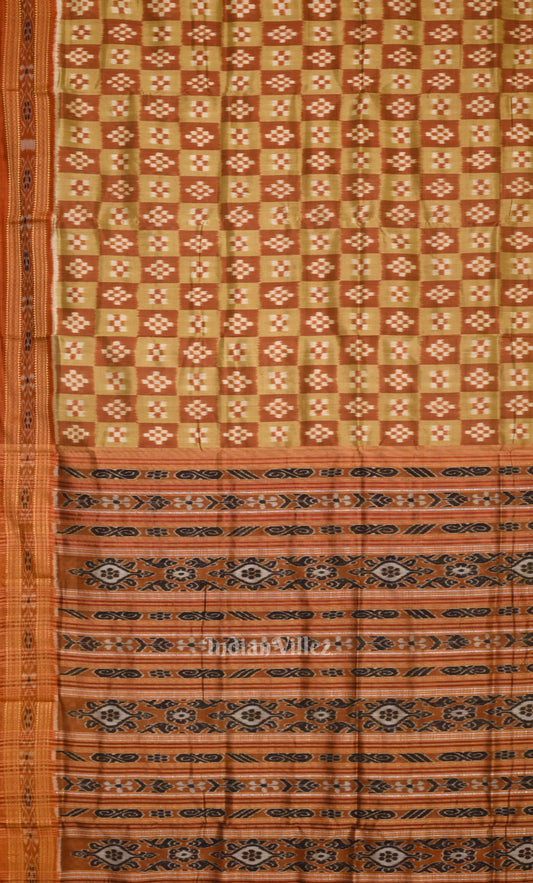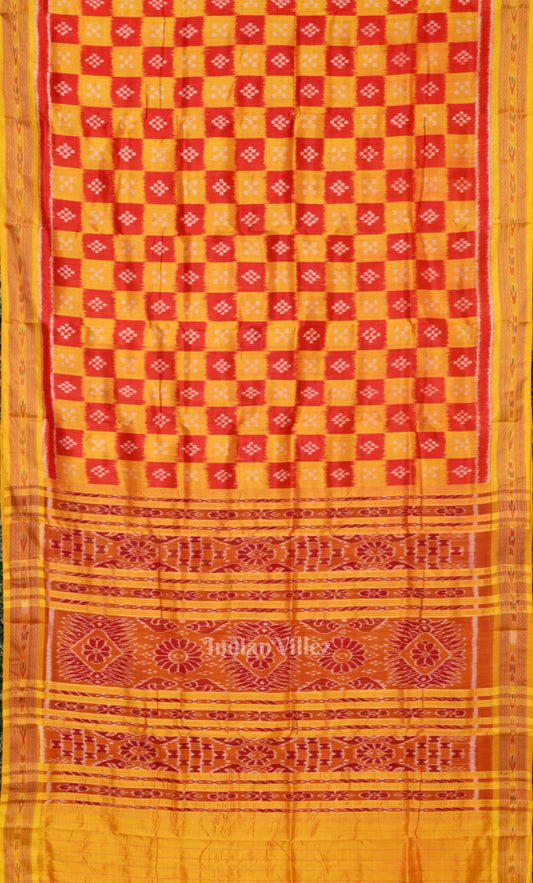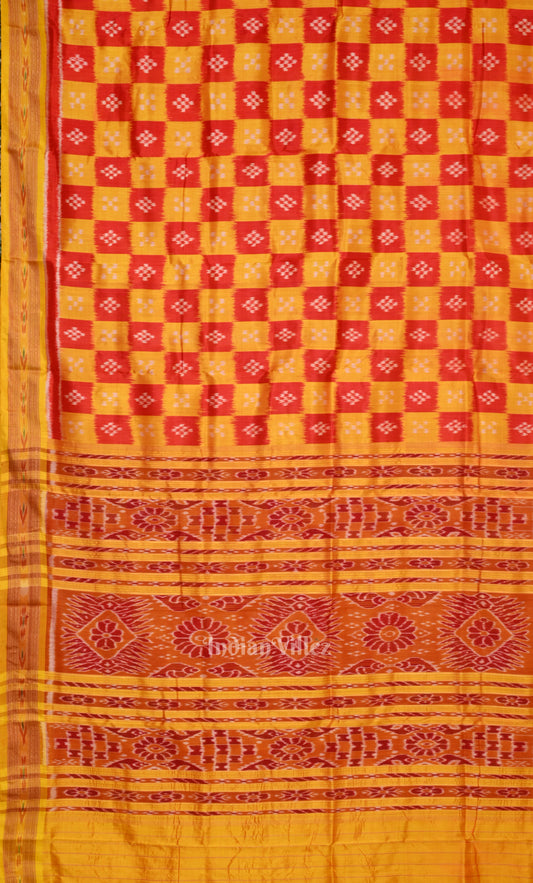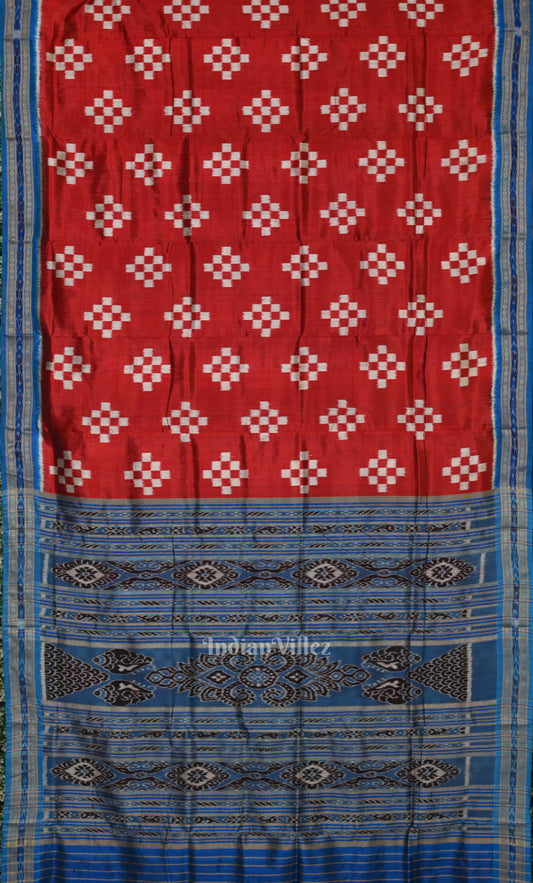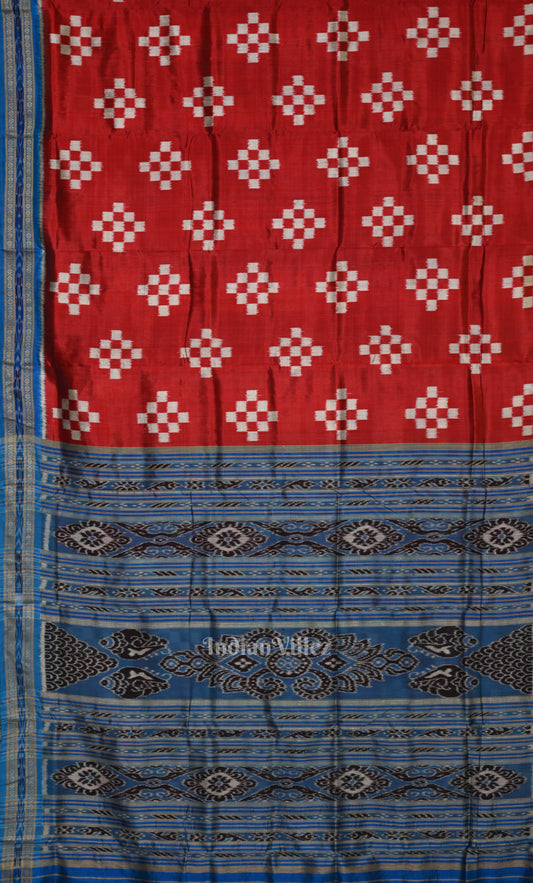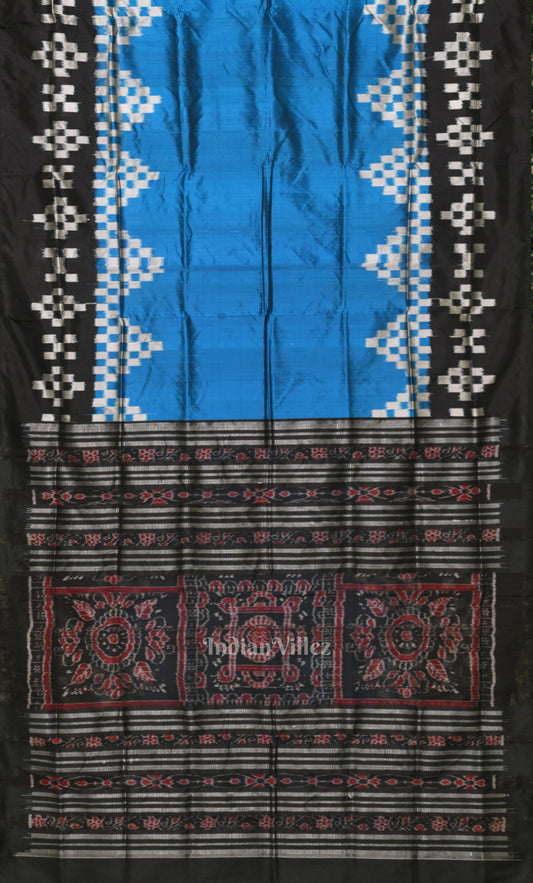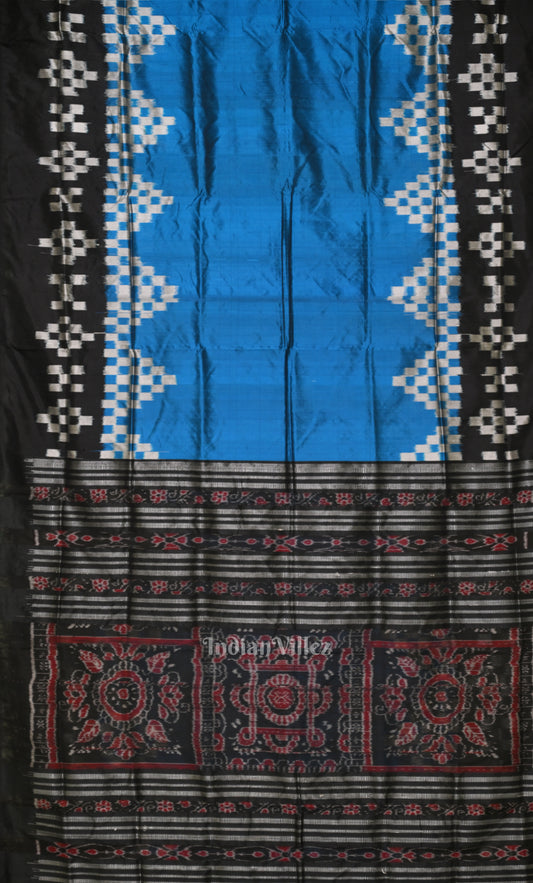Odisha has been a land of culture and unique handlooms. The state has award winning and flourished handlooms that everybody flaunts in every function, office , parties and celebration. Pasapalli Saree is one of most notable handloom sarees from Odisha which brings all the eye to the fabric and the motifs.
The History of Pasapalli
The handloom belongs to the Sambalpuri handloom family. The name goes PASAPALLI which refers to the print of the gambling game. “PASA'' meaning an old gambling game similar to chess and “PALLI" meaning the print on the pallu. The history of saree belongs to the era of the MAHABHARATA and RAMAYANA . The saree has been flaunting its beauty and class for 5000 years.
The chess board motifs all over sambalpuri pasapali pata saree bring all the beauty to the weaving and fabric.The exclusivity of saree is not just limited to its print.
The Dedication
The process of the pasapali sambalpuri pata saree to get such amazing prints is not just a work of a few hours. The details of the pasapali pata saree takes nearly three to four weeks that sums up to one month. There lies dedication of hundreds of workers working for hours and days continuously to make one pasapalli saree for the market. The finished details may not depict the amount of hard work it took to weave one pasapalli handloom saree. The diligence of a craftsman is adored for the polished work to get perfection to beauty. Pasapali cotton sarees and Pasapali silk sarees are hand woven out of silk and cotton yarns and have a beautiful and exclusive “aanchal” or pallu.
The Making Process Pasapali Saree
The Pasapali handloom saree beauty takes its form when the material is dipped in boiled soap water to give it flexibility and uniformity throughout the fabric. The pasapalli pata saree crafts start initially with spinning the yarn into spindles with charkha. The artisans mark the patterns with a handmade measuring scale of the pasapali saree. The marked areas are then tied to avoid the colors while the unmarked ones are dipped in color. After this sincere process the shuttles are thrown to create patterns side by side. The distinctive design is a tied dyed weave art which is known as BAANDHA. This ancient weaving form is called “bandhkala”. The patterns are symmetrical on both sides of the saree giving it structure. The motifs on the pasapalli handloom sarees are usually of wheel, conch, animals, architectural designs and various flora and fauna. Besides these usual prints, there are also designs of inspirational thoughts and messages on the pasapalli handloom. These thoughtful motifs of the handloom make the saree more superior and magnificent.
The Detailed Work on the Pasapalli Saree
The aanchal of the exclusive pallu of Pasapalli handloom saree has peculiar traditional designs woven in the sari like sankha (conch), chakra (wheel), phulla (flowers), animals, birds and at times temple like imprints. Pasapalli handloom motifs portray the artistic level of the weavers and their craftsmanship. The intricate procedure describes the value of Pasapalli saree. The bandha technique on bold and gorgeous fabric makes the Pasapalli handloom extremely beautiful.
Taking Care of the Pasapalli Saree
- Before washing your sarees with soap and keep them soaked in salt water for some time.
- Make sure you use only good quality and mild detergents to hand wash your sarees. Avoid bleach and harsh stain removers on delicate fabrics.
- Do not use a brush on Pasapalli cotton sarees as it can tear the detailed motifs.
- Remember to wash these Pasapalli handlooms only in cold water. Also Never wash your expensive handloom sarees in a washing machine.
- Avoid direct sunlight when drying a saree as it might lead to fabric discoloration rather dry it in partial shade
- Always try to dry your saree separately from other clothes.
- While pressing the Pasapalli silk saree do not spray water on it before ironing as it may leave permanent marks on the fabric.
- Pasapalli Cotton sarees need to be always steam ironed as per the correct temperature setting meant for cotton.
- Never keep your Pasapalli sarees in a plastic cover as it may cause the zari to turn black.
- Store them and hang them in a metal hanger in a less humid place.

